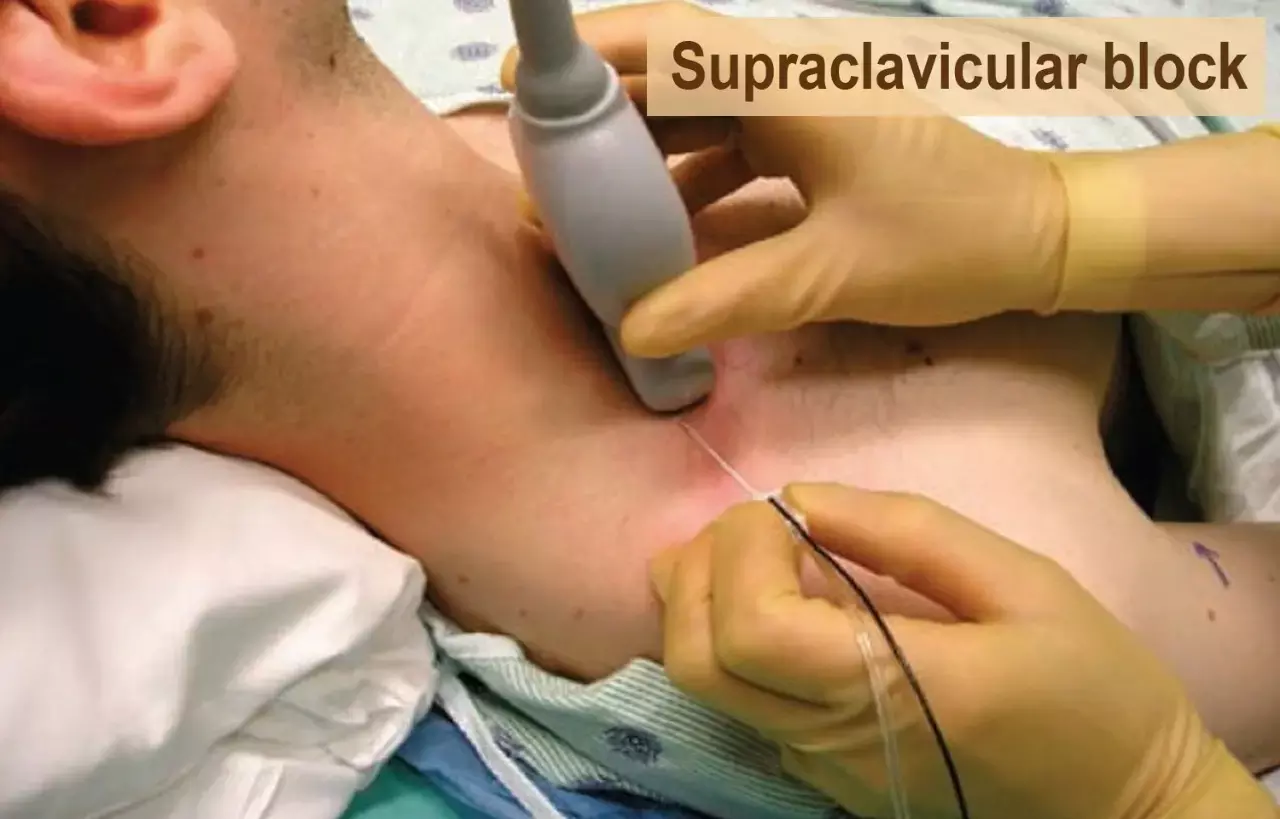- Home
- Medical news & Guidelines
- Anesthesiology
- Cardiology and CTVS
- Critical Care
- Dentistry
- Dermatology
- Diabetes and Endocrinology
- ENT
- Gastroenterology
- Medicine
- Nephrology
- Neurology
- Obstretics-Gynaecology
- Oncology
- Ophthalmology
- Orthopaedics
- Pediatrics-Neonatology
- Psychiatry
- Pulmonology
- Radiology
- Surgery
- Urology
- Laboratory Medicine
- Diet
- Nursing
- Paramedical
- Physiotherapy
- Health news
- Fact Check
- Bone Health Fact Check
- Brain Health Fact Check
- Cancer Related Fact Check
- Child Care Fact Check
- Dental and oral health fact check
- Diabetes and metabolic health fact check
- Diet and Nutrition Fact Check
- Eye and ENT Care Fact Check
- Fitness fact check
- Gut health fact check
- Heart health fact check
- Kidney health fact check
- Medical education fact check
- Men's health fact check
- Respiratory fact check
- Skin and hair care fact check
- Vaccine and Immunization fact check
- Women's health fact check
- AYUSH
- State News
- Andaman and Nicobar Islands
- Andhra Pradesh
- Arunachal Pradesh
- Assam
- Bihar
- Chandigarh
- Chattisgarh
- Dadra and Nagar Haveli
- Daman and Diu
- Delhi
- Goa
- Gujarat
- Haryana
- Himachal Pradesh
- Jammu & Kashmir
- Jharkhand
- Karnataka
- Kerala
- Ladakh
- Lakshadweep
- Madhya Pradesh
- Maharashtra
- Manipur
- Meghalaya
- Mizoram
- Nagaland
- Odisha
- Puducherry
- Punjab
- Rajasthan
- Sikkim
- Tamil Nadu
- Telangana
- Tripura
- Uttar Pradesh
- Uttrakhand
- West Bengal
- Medical Education
- Industry
Evaluation of change in perfusion index as indication of effective supraclavicular blockade

The supraclavicular block (SCB) guided by ultrasound is a frequently used peripheral nerve block for anesthesia during upper extremity surgeries. Due to the close proximity of the plexus parts at this site, it has the greatest level of sensory blockade of all brachial plexus approaches and also a single penetration procedure.
Typically, sensory and motor function are used to determine the effectiveness of peripheral nerve blocks. However, this approach is subjective, time-consuming, and cannot be used on individuals who are sedated, unconscious, or otherwise unable to offer input. Numerous objective techniques have been developed, including thermographic temperature measurement, laser Doppler perfusion imaging, and skin electrical resistance. These techniques are based on the assessment of sympathetic block and the resulting physiological changes such as vasodilation, blood flow alterations, and skin temperature changes. However, the majority of these objective procedures need the use of complex and costly equipment.
The perfusion index (PI) is a non-invasive, straightforward approach for determining the efficacy of central neuraxial and peripheral nerve blocks. It is computed as a percentage or absolute number by dividing arterial blood flow (pulsatile) by venous, capillary, and tissue blood flow (non-pulsatile blood flow). It is used to examine the dynamics of peripheral perfusion in response to changes in peripheral vascular tone and involves the use of a specialized pulse oximeter. However, it is now accessible on a variety of different displays.
Due to the paucity of research examining PI as a surrogate for determining the effectiveness of peripheral nerve blocks, the current research was designed with the goal of evaluating PI as a predictor of success for US-guided SCB. The primary purpose was to analyze the changes in the PI value after SCB. Secondary goals included determining the cut-off value of PI for a successful SCB, comparing the change in PI value between successful and failed SCBs, grading sensory/motor block, and identifying any "complications." Secondary goals included determining the cut-off value of PI for a successful SCB, comparing the change in PI value between successful and failed SCBs, grading sensory/motor block, and identifying any "complications." Authors recruited 65 patients of either sex, aged 18–60 years, with American Society of Anesthesiologists physical status I or II who were scheduled for upper limb surgery using ultrasound-guided SCB. At baseline, PI was monitored every two minutes until ten minutes, and then every five minutes until 30 minutes after block.
The PI ratio was defined as the difference between the PI at 10 minutes and the baseline PI. Sensory and motor blocks were tested every five minutes for a total of thirty minutes. For quantitative data, mean and standard deviation were used; for categorical variables, frequency and percentage were used.
The mean PI climbed constantly from baseline to 10 minutes, then declined somewhat until 30 minutes, but values at later time intervals remained fairly high in comparison to baseline. In the event of successful blocks, the median PI climbed linearly over the next two minutes, but in the case of failure blocks, it increased just a little.
The authors conclude that PI is a simple, non-invasive monitor that may be used to evaluate the performance of USG-guided SCB more objectively than standard approaches. A cut-off value of 3.25 for PI and 3.03 for PI ratio at 10 min demonstrated a very excellent capacity to predict SCB effectiveness with high sensitivity and specificity. At ten minutes, the PI ratio was shown to be a more sensitive indicator than PI.
Reference -
Lal, Jatin; Bhardwaj, Mamta, Malik, Aanchal; Bansal, Teena A study to evaluate the change in perfusion index as an indicator of a successful ultrasound-guided supraclavicular block, Indian Journal of Anaesthesia: October 2021 - Volume 65 - Issue 10 - p 738-743
Disclaimer: The views expressed in the above article are solely those of the author/agency in his/her private capacity and DO NOT represent the views of Medical Dialogues.
Read website full disclaimer here.
Dr Kamal Kant Kohli-MBBS, DTCD- a chest specialist with more than 30 years of practice and a flair for writing clinical articles, Dr Kamal Kant Kohli joined Medical Dialogues as a Chief Editor of Medical News. Besides writing articles, as an editor, he proofreads and verifies all the medical content published on Medical Dialogues including those coming from journals, studies,medical conferences,guidelines etc. Email: drkohli@medicaldialogues.in. Contact no. 011-43720751


